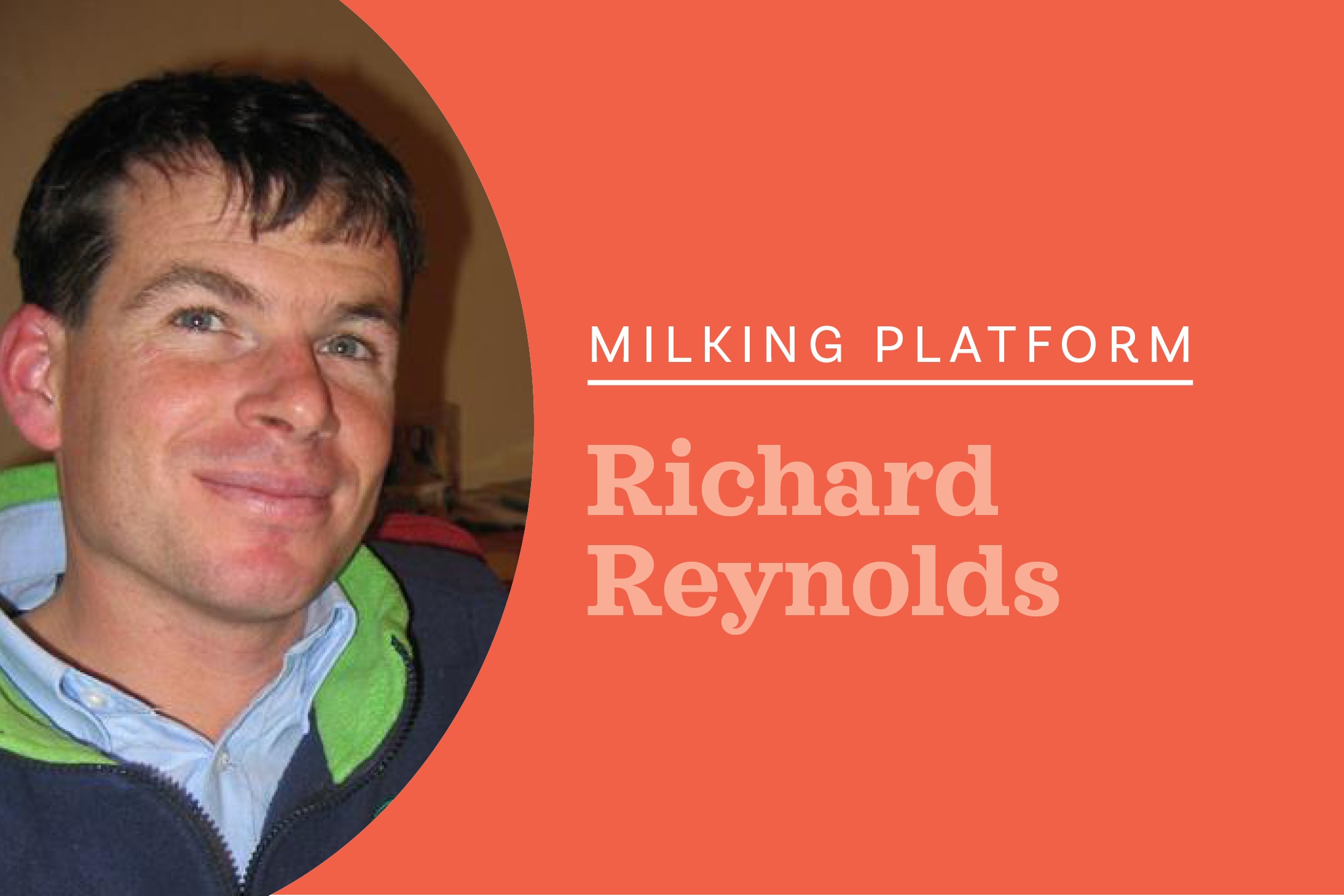Despite an extra-wet spring hitting grass growth, Carla Staples is pleased with the payout.
As we sit down to write this Christmas is only a few weeks away and another year is nearly over and what a year it has been.
Summer should’ve arrived on December 1, but it still feels like late winter/early spring with a light dusting of snow on top of the Alps. The weather has definitely put a dampener on this season it’s hard to remember many fine days since we started calving and November was no exception.
We managed to get a fine week to kick off mating but over the middle of the month we had some extremely wet weather even by West Coast standards. More than 800mm of rain fell in November in our area, this made it impossible to even drive the quad into most of our paddocks let alone a tractor, and when the weather cleared briefly near the end of the month the local helicopter company was flat out applying fertiliser.
We have been looking at some growth rate data from our local monitor farmer and it’s easy to see why we have been battling to grow enough grass to feed the cows.
The growth rates are well below last season which was one of the best growing seasons we’ve experienced since we started farming 19 years ago. For example, in October we grew one third of the grass we had grown the previous October as a result we have no silage waiting to be cut and none in the stack. Hopefully, when the new year arrives so does a change in the weather.
On a more positive note our mating went very well. Although we won’t know how well it went until we scan the cows in February the signs so far are very pleasing. We didn’t quite hit our 90% submission rate target (86%), but we didn’t CIDR any cows in the first three weeks of mating which is a first for us. Usually we CIDR between 12% to 14% of the herd premating.
The increase in the global dairy market has definitely helped as well, the payout increases so far this season have softened the blow of the bad weather somewhat, it’s always easier if there is less financial stress when you’re having a tough season on other fronts.
This season we waited till three weeks was up to intervene and only CIDRed 5% of the herd. This was a great result considering the way the weather has been over the last four months. In all we inseminated for five weeks and mated for nine in total.
Another positive has been Westland’s performance this season under Yili’s ownership.
It has been smooth sailing in this department that’s for sure although it’s only early days, but the signs are very encouraging.
The increase in the global dairy market has definitely helped as well, the payout increases so far this season have softened the blow of the bad weather somewhat, it’s always easier if there is less financial stress when you’re having a tough season on other fronts.
Speaking of finance, no doubt many of you have had your bankers on the phone or in person inform you of the Reserve Bank’s intentions to rein banks in on the amount of equity they hold. It will be very interesting to see how this affects interest rates in the near future.
As far as the lending side of things goes it sounds as though that it will get tougher too which is a bit of a shame as here on the Coast farming as a business is definitely on the improve with Westland suppliers now receiving a pay out in line with the rest of the country, some of the older farmers who have been holding on to the farm until things improved are now looking to exit only for banks to make noises about shutting down their lending.
Hopefully this doesn’t last too long as there is plenty of potential here for sharemilkers looking to move into farm ownership.





